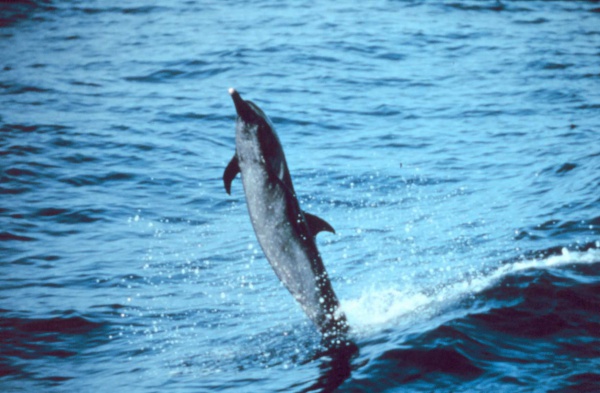Facts About Pantropical spotted dolphin
The pantropical spotted dolphin is a captivating species that inhabits temperate and tropical oceans worldwide. Historically, these dolphins faced substantial threats from tuna fishing practices that inadvertently killed millions of them. However, the implementation of "dolphin-friendly" tuna fishing methods in the 1980s has significantly reduced dolphin mortality, particularly in the eastern Pacific, making this species one of the most abundant globally.
First described by John Gray in 1846, the pantropical spotted dolphin has three recognized subspecies, each varying slightly in appearance and habitat. These dolphins show differences in size and coloration, with notable distinctions between coastal and pelagic (open ocean) varieties. As their name implies, adult dolphins are characterized by their distinctive spots. They are known for their lively behavior, often seen breaching and playing alongside boats.
Their diet consists of small fish, squid, and crustaceans. In the eastern Pacific, they are often found swimming with yellowfin tuna. These dolphins reach sexual maturity around 10-12 years old and can live up to 40 years.
With a global population exceeding three million, the pantropical spotted dolphin is most densely populated in warm waters. Despite their large numbers, they have faced significant threats from fishing activities, especially in the eastern Pacific, where many dolphins were unintentionally caught and killed in tuna fisheries.
To protect these dolphins, several conservation efforts have been implemented, including listing certain populations in conservation agreements and setting regulations to reduce dolphin by-catch. However, some subpopulations, particularly in the northeastern Pacific, have not shown signs of recovery. This lack of recovery could be due to various factors such as calf separation, stress from fisheries, and under-reported mortality rates.
While there has been marked progress in reducing dolphin deaths and implementing conservation measures, challenges remain. Ensuring the long-term survival of the pantropical spotted dolphin and its various subpopulations continues to be a critical goal for conservationists.

 Paraguay
Paraguay